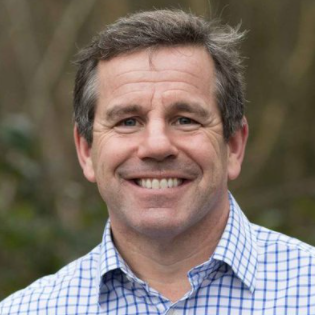Aimed at Clinicians and Managers, this national virtual conference will provide a practical guide to human factors in healthcare, and how a human factors approach can improve patient care, quality, process and safety.
Human Factors in Healthcare – an Overview
 Paul Davis
Paul Davis
Former National Investigator, Healthcare Safety Investigation Branch (HSIB), and Patient Safety Specialist
NHS Trust
• defining human factors – and why is it so important in healthcare settings?
• understanding how a human factors approach could be embedded in your service
• enabling a person centred approach
• changing the culture of your organization
Paul started the day by talking about how to think about Human Factors in a different way.
Paul said "We should not be blaming individuals when things go wrong" He then showed a quote from a coroners report which said "People are doing their best in an inperfect system"
Integrating Human Factors and Ergonomics into Health and Social Care
 Laura Askins
Laura Askins
Human Factors and Civility Lecturer
South Tees Hospitals NHS Foundation Trust
 Crisanto Espana
Crisanto Espana
OMFS consultant and Junior Doctor
South Tees Hospitals NHS Foundation Trust
• the application of Ergonomics and Human Factors in healthcare to improve quality of care
• human factors: the impact of Covid-19
• case studies and examples
- Laura Askins Biography 0.01 MBDOCXfile
- Crisanto Espana Biography 0.01 MBDOCXfile
- Laura Askins and Crisanto Espana Abstract 0.01 MBDOCXfile
- Laura Askins and Crisanto Espana Slides 7.59 MBPPTXfile
Laura and Crisanto talked about working for South Tees Hospitals NHS Foundation Trust. After receiving a shocking CQC inspection report they have been integrating Human Factors principles to improve Patient Safety.
Laura began by sharing a quote from The Chartered Institute of Ergonomics & Human Factors "People are inspired and energised when things work better"
Laura went on to explain Strive -
